Introduction
Shanghai, a city steeped in history and cultural fusion, is renowned for its culinary traditions that blend local flavors with influences from across China and the world. Among its most beloved street foods and breakfast staples are the humble yet iconic shaobing—crispy, layered pancakes that have tantalized taste buds for generations. Unlike their fluffy Western counterparts, traditional Old Shanghai pancakes boast a delicate balance of chewiness, flakiness, and a subtle savory or sweet aroma, depending on the filling. This article delves into the time-honored techniques and secrets behind crafting these pancakes at home, preserving authenticity while adapting to modern kitchens. Whether you’re a novice cook or a seasoned home chef, this guide will equip you with the skills to recreate a piece of Shanghai’s culinary heritage.
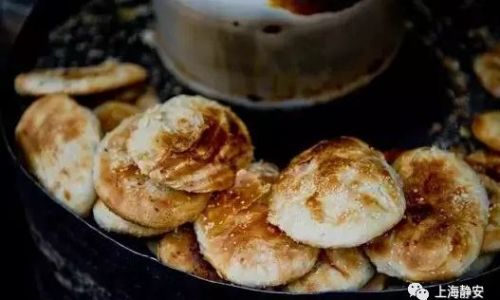
A Brief History of Shanghai Pancakes
The origins of shaobing trace back centuries, evolving from northern Chinese flatbreads brought to Shanghai by migrants. Over time, locals adapted the recipe to suit regional tastes, incorporating ingredients like sesame seeds, scallions, and a hint of sugar. These pancakes became integral to Shanghai’s breakfast culture, often paired with soy milk or doujiang (soybean milk). Today, they remain a symbol of nostalgia, with street vendors and hole-in-the-wall shops continuing to churn out golden-brown discs that evoke memories of bustling morning markets.
Ingredients: The Foundation of Flavor
Crafting authentic Old Shanghai pancakes begins with selecting the right ingredients. While the recipe is deceptively simple, each component plays a crucial role in achieving the signature texture and taste.
- Flour: All-purpose flour is the standard choice, offering a neutral base that allows other flavors to shine. For a chewier texture, some bakers substitute a portion with bread flour.
- Yeast and Baking Soda: A combination of instant yeast and baking soda creates the pancake’s light, airy layers. The yeast provides fermentation-driven rise, while baking soda adds a subtle tang and tender crumb.
- Water: Lukewarm water (around 100–110°F or 38–43°C) activates the yeast without killing it.
- Oil: Neutral-flavored oil, such as vegetable or canola oil, ensures the dough remains pliable and the layers separate during cooking.
- Fillings: Classic options include:
- Scallion: Freshly chopped green onions for a savory kick.
- Sesame: Toasted sesame seeds mixed with sugar for a sweet-nutty filling.
- Five-Spice: A blend of star anise, cloves, cinnamon, Szechuan pepper, and fennel seeds for aromatic complexity.
- Toppings: A sprinkle of white sesame seeds before baking adds visual appeal and texture.
Tools of the Trade
While minimal equipment is required, the right tools streamline the process:
- Mixing Bowls: Large enough to knead dough.
- Rolling Pin: Essential for achieving thin, even layers.
- Cast-Iron Skillet or Griddle: Retains heat for even cooking and crisping.
- Pastry Brush: For applying oil layers.
- Scale: Ensures precise measurements, critical for dough consistency.
The Dough: Patience and Precision
The dough is the heart of the pancake. Achieving the perfect balance of elasticity and tenderness requires careful attention to hydration, fermentation, and layering.
-
Mixing the Dough
- In a large bowl, combine 500g all-purpose flour, 1 tsp instant yeast, 1 tsp baking soda, and 1 tsp salt.
- Gradually add 300ml lukewarm water, stirring with a wooden spoon until a shaggy dough forms.
- Knead for 8–10 minutes until smooth and elastic. The dough should feel tacky but not sticky.
-
First Rise (Fermentation)
- Place the dough in a lightly oiled bowl, cover with a damp cloth, and let it rise in a warm spot (75–80°F or 24–27°C) for 1.5–2 hours.
- The dough should double in size, indicating active yeast activity.
-
Deflating and Resting
- Gently punch down the dough to release air bubbles.
- Knead briefly (1–2 minutes) and let it rest for 15 minutes. This relaxes the gluten, making rolling easier.
Shaping and Layering: The Secret to Flakiness
The signature layers of Shanghai pancakes result from a meticulous folding and rolling technique, akin to puff pastry but far simpler.
-
Rolling Out the Dough
- Divide the dough into 8 equal portions (about 100g each).
- On a lightly floured surface, roll each portion into a thin oval (approximately 8×6 inches).
-
Oil and Filling Application
- Brush the surface with 1 tsp oil, ensuring even coverage.
- Sprinkle 1 tbsp of your chosen filling (e.g., scallions, sesame-sugar mix) evenly.
-
Rolling and Coiling
- Starting from the longer edge, tightly roll the dough into a log.
- Coil the log into a spiral, tucking the end underneath.
- Flatten the spiral gently with your palm, then roll it into a 6-inch disc.
Cooking: Mastering the Crust
The cooking method is pivotal to achieving the pancake’s crispy exterior and soft interior. Traditional methods use a charcoal-fired griddle, but modern stovetop techniques work equally well.
-
Preheating the Skillet
Heat a cast-iron skillet over medium-low heat. Lightly grease it with oil.
-
Cooking the Pancake
- Place the shaped dough disc in the skillet. Cook for 3–4 minutes per side until golden brown.
- For extra crispiness, brush the top with oil before flipping.
-
Optional Oven Finish
- Preheat the oven to 375°F (190°C).
- After pan-frying, transfer the pancakes to a baking sheet and bake for 5–7 minutes. This ensures even cooking and maximizes flakiness.
Variations and Customizations
One of the joys of homemade pancakes is the freedom to experiment. Here are some popular adaptations:

-
Spicy Sichuan Twist
Add 1 tsp chili oil to the dough or incorporate Sichuan peppercorns into the filling.
-
Sweet Red Bean Paste
Spread a thin layer of store-bought or homemade red bean paste before rolling.
-
Gluten-Free Option
Substitute all-purpose flour with a 1:1 gluten-free baking blend. Increase hydration by 10–20ml to compensate for absorbency.
-
Cheese and Herb Fusion
For a modern twist, sprinkle grated Parmesan and dried oregano over the scallion filling.
Troubleshooting Common Issues
Even seasoned cooks encounter hiccups. Here’s how to resolve them:
-
Dense, Tough Pancakes
- Cause: Overkneading or insufficient fermentation.
- Fix: Knead until just smooth; ensure dough doubles in size during the first rise.
-
Uneven Layers
- Cause: Insufficient oil between layers or uneven rolling.
- Fix: Brush oil generously and roll dough as thinly as possible.
-
Burnt Exterior, Raw Interior
- Cause: High heat during cooking.
- Fix: Lower the stove to medium-low and cook covered to trap steam.
Cultural Significance and Serving Suggestions
In Shanghai, shaobing are more than food—they’re a cultural touchstone. Served hot from the griddle, they’re often wrapped in paper and eaten on the go. Pair them with:
- Soy Milk: A classic duo, with salty pancakes balancing sweet soy milk.
- Pickled Vegetables: A tangy side to cut through the richness.
- Congee: For a hearty breakfast or late-night snack.
Preserving Tradition in a Modern Kitchen
While urbanization and globalization have altered Shanghai’s skyline, the love for shaobing endures. Home cooks now blend tradition with convenience, using stand mixers for dough or air fryers for crisping. Yet, the essence remains: a labor of love, passed through generations, that turns simple ingredients into edible nostalgia.
Conclusion
Crafting traditional Old Shanghai pancakes is a meditative act, a dance of hands and dough that honors culinary heritage. Each layer tells a story—of migration, adaptation, and the enduring power of comfort food. Whether you’re recreating childhood memories or forging new ones, these pancakes invite you to savor the past while savoring the present. So, roll up your sleeves, preheat that skillet, and let the aroma of sesame and scallion transport you to the bustling streets of Shanghai. After all, some flavors are timeless, and some traditions are worth keeping alive—one golden, flaky layer at a time.
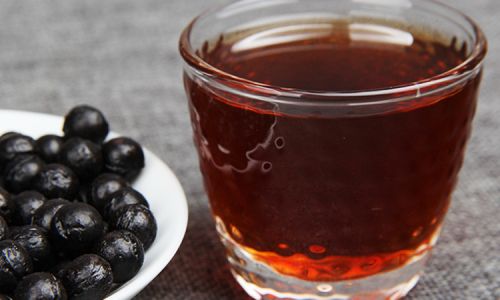
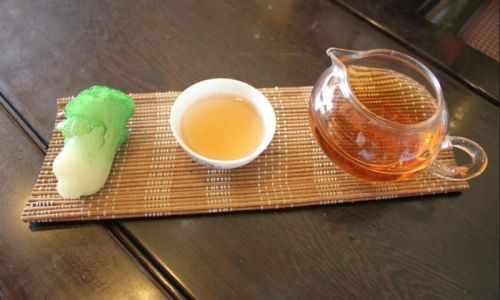
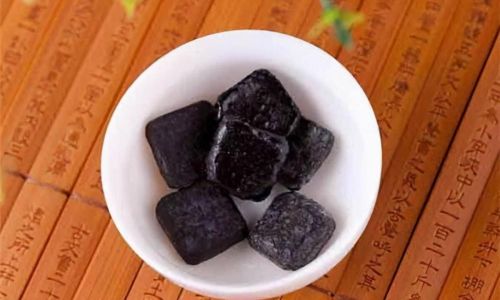
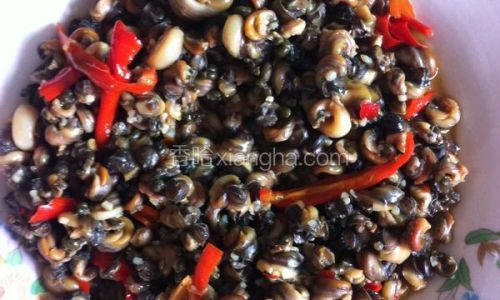
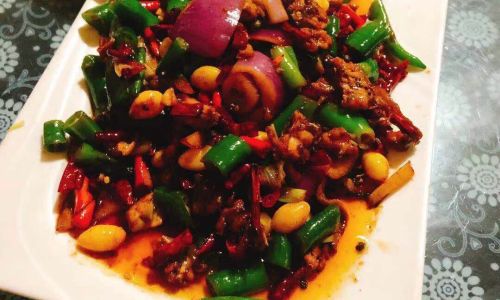
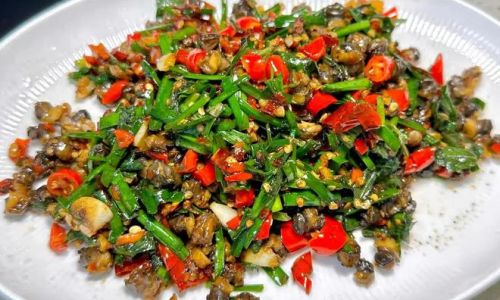
0 comments